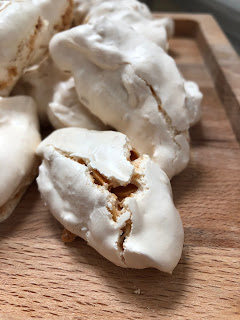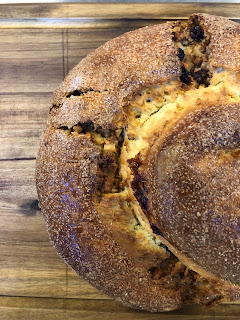Calabria

Calabaria is a region located at the "foot" of the boot, as if it was kicking Sicily. This region was part of the Magna Grecia, meaning the Greeks settled on this land and while they were there, it thrived. The Greeks came from Greece not to get away, but to expand and create something more. They brought with them intelligence, artists, food, culture, etc. Down the center of Calabria, there are high mountains and along the coast, it is pretty steep. This is a perfect place for terrace farming because of the steepness of the land. There are very few flat lands in this region, but they depend on their production of wine, liquirizia , peperoncino, cipolla di Tropea, potatoes, and citrus. Let's dive deeper into each of these products because the land of Calabria is poor and their economy relies heavily on these products. Liquirizia (or Liquorice) Liquorice is used in three different forms: stick form, cube form, and candy form. The stick form has a lot of antioxidants t...








